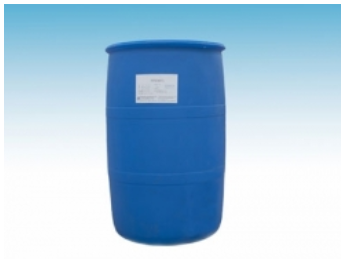Surfactants can reduce the interfacial energy of the system, and different types of surfactants can produce electrostatic, solvating or spatially stable anti aggregation effects on the adsorption layer of particles. ① It can reduce the surface tension of liquid medium, the solid-liquid interfacial tension and the contact angle of liquid on solid, improve its wettability and reduce the interface energy of the system; ② the adsorption of ionic surfactant on particles can increase the surface potential of particles, improve the electrostatic repulsion between particles, which is conducive to the stability of the system, that is, electrostatic stabilization; ③ the adsorption of long-chain surfactant on particles A thick adsorption layer is formed to produce steric repulsion, i.e. steric stabilization. The surfactant with this effect must have strong interaction with particles and dispersion medium, firmly adsorb on the surface of particles, and dissolve in solvent. Therefore, it must have "anchored groups" that can be adsorbed on solids, as well as cyclic and trailing solvation groups.

The solvation group can produce a thick enough film to prevent the mutual attraction between particles and increase the effective radius and repulsive potential energy of particles. Now it is considered that the most effective stabilizer is comb like graft copolymer polymer surfactant, which consists of two parts. One is the main chain which is insoluble in the medium (hydrophobic) and has strong affinity for particles, and can be firmly anchored on the surface of particles (4) some long-chain ionic surfactants have both electrostatic and steric stabilities, i.e., steric stability mechanism or joint stability mechanism.
Tong Jianfeng et al. Used Triton X-100 to disperse micron Al 2O 3 and nano SiC in the preparation process of ceramic matrix nanocomposites. The results showed that the stability of the suspension was significantly improved. J. Cesarano et al. Studied the stability of α - Al 2O 3 slurry. The results showed that the slurry stability was significantly improved when the particle size was 0.2 μ m ~ 1.0 μ m, pH = 8.8 and the dosage of PMAA Na was 0.24%.
The results showed that the viscosity of the suspension decreased and the stability increased. Other surfactants used for the stable dispersion of ceramic glaze paste are: dimethyl vinyl propyl ammonium chloride, methyl cellulose copolymer (NCMC), polyvinyl alcohol, sodium petroleum sulfonate, lignosulfonate, sodium alkyl sulfate and polyvinylamine. In addition, many researchers have done similar experiments.
The dispersing effect of surfactant on ceramic glaze slurry is related to the surface state, charge and pH value of glaze slurry.